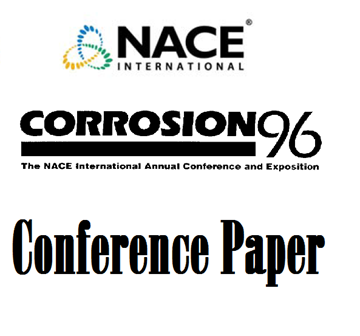Search
96016 HOW EROSION-CORROSION PAlTERNS IN A CHOKE CHANGE AS MATERIAL LOSSES IN THE CHOKE PROGRESS
Also Purchased
96015 VELOCITY GUIDELINES FOR PREVENTING PITTING OF CARBON STEEL PIPING WHEN THE FLOWING MEDIUM CONTAINS CO2 AND SAND
Product Number:
51300-96015-SG
ISBN:
96015 1996 CP
$20.00
96003 ELECTROCHEMICAL PROPERTIES OF IRON DISSOLUTION IN THE PRESENCE OF CO2 - BASICS REVISITED
Product Number:
51300-96003-SG
ISBN:
96003 1996 CP
$20.00
96009 FRACTURE MECHANICAL PROPERTIES OF C02 CORROSION PRODUCT SCALES AND THEIR RELATION TO LOCALIZED CORROSION
Product Number:
51300-96009-SG
ISBN:
96009 1996 CP
Publication Date:
1996
$20.00




